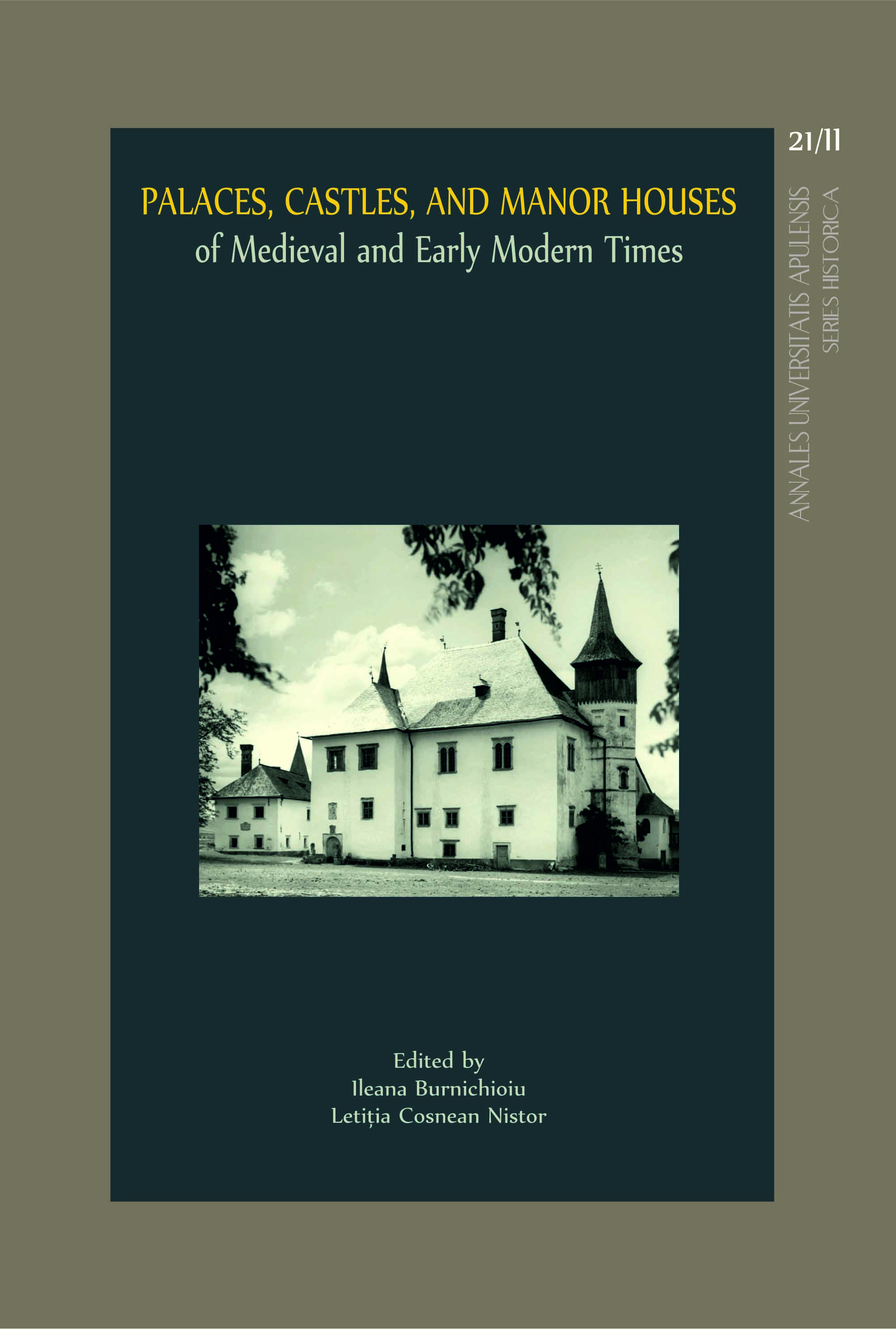Medieval Noble Residences in the Danube-Tisza-Maros Region during the Ottoman Wars
Medieval Noble Residences in the Danube-Tisza-Maros Region during the Ottoman Wars
Author(s): Zsuzsanna KopecznySubject(s): History, Archaeology, Middle Ages
Published by: Editura Mega Print SRL
Keywords: border castles; manor houses; ottoman conquest; Danube-Tisza-Maros region;
Summary/Abstract: The paper is dealing with the military role of late medieval manor houses (called in charters castellum, fortalitium, curia, or domus nobilitaria) in the period of wars against the Ottoman Empire. In the region under our focus (the Plain of the Temes River) we have an evidence of around 21 noble residences named castellum in medieval charters. At least five more such small fortifications were detected on the field but are not mentioned in medieval documents. In the absence of systematic archaeological investigations we were limited to base our research upon medieval and premodern sources: charters and accounts, Christian and Ottoman chronicles, sketches. After the conquest of the territory in 1551-1552, the organization of ottoman nahijes mostly overtook the structure of medieval private and royal domains. The centers of these subunits were usually market towns, with a castle like small stronghold nearby, used before as residences. Towards the middle of the 16th century the defensive role of residences became more accentuated, for beginning with the 1390’s Ottoman raids started to represent a permanent menace for the inhabitants of the region we refer to. However, sources reveal the fact that these small noble residences were suitable to assure only temporary shelter against Ottoman raids or incursions and in many cases were peacefully handed over. At the beginning the Ottoman administration relied on the existing fortifications, later on some were abandoned, new ones were constructed. It seems that in the region we refer to these strongholds have rather fulfilled the role of checkpoints, administrative centers or supply lines. At the end of our paper we present three case studies of late medieval castles: Fellak/Felnac, Eperjes/ Chelmac and Facsád/Făget.The paper is dealing with the military role of late medieval manor houses (called in charters castellum, fortalitium, curia, or domus nobilitaria) during the wars against the Ottoman Empire. In the region under scrutiny (the Plain of the Temes River), there are around 21 confirmed noble residences named castellum in medieval charters. At least five more such small fortifications were detected on the field but they are not mentioned in medieval documents. In the absence of systematic archaeological investigations, we were compelled to base our research upon medieval and premodern sources: charters and accounts, Christian and Ottoman chronicles, sketches. After the conquest of the territory in 1551-1552, the organization of ottoman nahijes mostly overtook the structure of medieval private and royal domains. The centers of these subunits were usually market towns, with a castle like a small stronghold nearby, used before as residences. Towards the middle of the 16th century, the defensive role of the residences became more accentuated, for beginning with the 1390’s Ottoman raids started to represent a permanent menace for the inhabitants of the aforementioned region. However, sources reveal the fact that these small noble residences were suitable to ensure only temporary shelter against Ottoman raids or incursions and, in many cases, they were peacefully handed over. At the beginning, the Ottoman administration relied on the existing fortifications; later on, some were abandoned and new ones were constructed. It seems that, in the region we refer to, these strongholds have rather fulfilled the role of checkpoints, administrative centers or supply lines. At the end of our paper, we shall present three case studies of late medieval castles: Fellak/Felnac, Eperjes/ Chelmac and Facsád/Făget.
Journal: Annales Universitatis Apulensis Series Historica
- Issue Year: 21/2017
- Issue No: 2
- Page Range: 11-29
- Page Count: 18
- Language: English
- Content File-PDF

